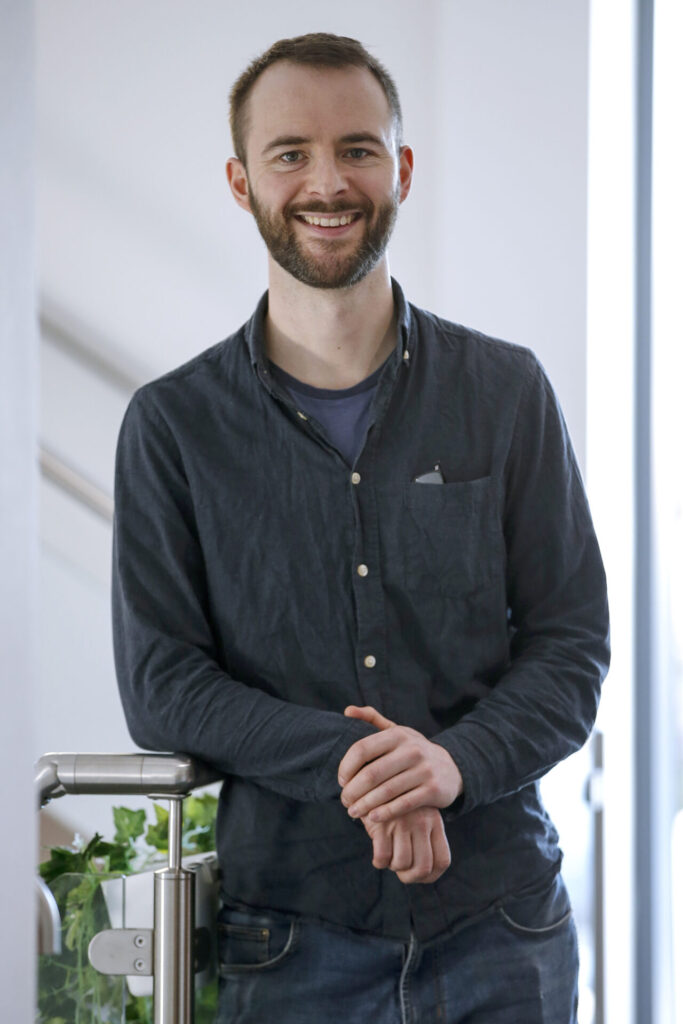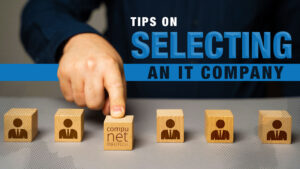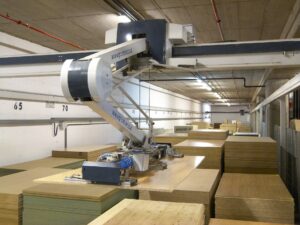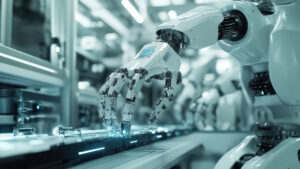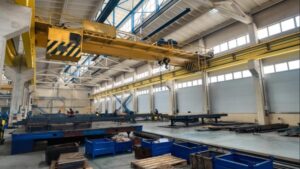By David Moore, Client Services Manager at Quality Engineering consultants, Roq
The manufacturing sector has some lofty goals. These include increasing safety standards, massively reducing emissions and significantly improving sustainability across its supply chains. There’s also a real need to attract and retain the best talent from some very competitive pools, reduce production costs and time-to-market whilst increasing product quality.
One much-discussed way to meet these tricky aims is to transition to Industry 4.0 – smart factories featuring the likes of automation, robotics, AI, IoT and augmented reality. This may well prove to be the solution, but how do firms successfully move to new technologies whilst ensuring day-to-day operations are not negatively impacted and costs do not spiral out of control?
If you are building a new Tesla-style plant or simply upgrading existing systems, the challenges of technology and software migration are substantial and wide-ranging. So what are the main issues facing the manufacturing sector and how can they be tackled?
Challenge one: Poor understanding of the impact of technology change on staff and the business.
Solution: Impact analysis of change with user community and through the use of predictive modelling.
Engage with stakeholders, especially software-system users, and use predictive analytics to add detail and data to their concerns. These tactics will provide a clear view of the potential impact of software changes on business processes and operations.
You’ll also get buy-in to any new software or technology project from the teams affected, making implementation smoother. Identifying potential risks and challenges before, or at least early, in the migration process allows for realistic strategies and swift, informed adjustments.
Develop models to analyse dependencies, interconnections, and potential consequences of software changes. This will be hugely important in designing testing to prove the new solution works as intended. Allow plenty of time for the delivery team and user community to conduct and take part in impact analysis to ensure it is done properly before a project commences.
Challenge two: Lots of data to migrate.
Solution: AI-driven data cleansing, migration and testing.
If data is a big part of a migration, employ AI extract transform load tools to handle this arduous task quickly and automatically. Once migrated, AI can also be used to enhance data testing, significantly reducing manual effort, improving data quality, and accelerating the migration process.
Utilising machine-learning techniques to develop models for data cleansing and transformation may require specialist personnel or a tool that is easy to use and configure to your particular environment, such as dealing with detailed product-manufacturing specifications. Don’t hesitate to seek external help if needed.
Challenge three: Low levels of engagement in user-acceptance testing.
Solution: Gamification.
If staff and other stakeholders input into the testing of new software or technology projects is sluggish, introduce game-like elements. This increases user engagement, ensures changes are accepted and issues are found earlier. It will accelerate learning and foster a positive attitude towards the new system, crucial for large-scale change.
Develop interactive user test-and-training modules with rewards, challenges, and leaderboards. Research and consider what rewards will motivate your particular team. User-acceptance testing is a crucial phase in any project and needs staff buy-in, so get them involved from the outset – this technology change is for them, after all!
Challenge four: Old business processes don’t map perfectly to new solutions.
Solution: Business process reengineering.
Evaluate and optimise business processes as part of the migration to identify opportunities for improvement. Conduct a thorough business-process analysis and identify areas for automation, streamlining, or elimination.This increases efficiency, reduces costs, and improves overall business performance, not just for the migration programme, but long term.
Convince teams that what they do (workflow), not just how they do it (technology), needs to alter. As we know, people can be averse to change, so it’s important to approach this collaboratively with the team, rather than imposing changes on them.
Challenge Five: One big bang change event that impacts business operations.
Solution: A continuous-migration approach.
Break down a migration into smaller, incremental steps rather than an instant-hit approach. This reduces risk, minimises disruption, and allows for continuous improvement and speedy adjustments if issues arise.
Prioritise critical functionalities and migrate them in phases, perhaps by module. This might require creative thinking in some contexts, for example looking at it from a people rather than technology perspective, moving users over to the new solution in stages.
Implementing these strategies may not solve all your problems, but they will help with most of them. The key to any migration is working collaboratively – discussing, debating, planning and mitigating before migration projects commence.
The manufacturing sector is going through some massive changes and the more we talk across functions and even across organisations about what works and what doesn’t, the easier these changes will be. We will be able to the improve the sector in ways that are crucial for business, government and society as a whole, while remaining profitable.
For further information on Roq’s Quality Engineering services for firms in sectors including manufacturing retail, banking, healthcare, automotive, and the public sector, visit www.roq.co.uk
